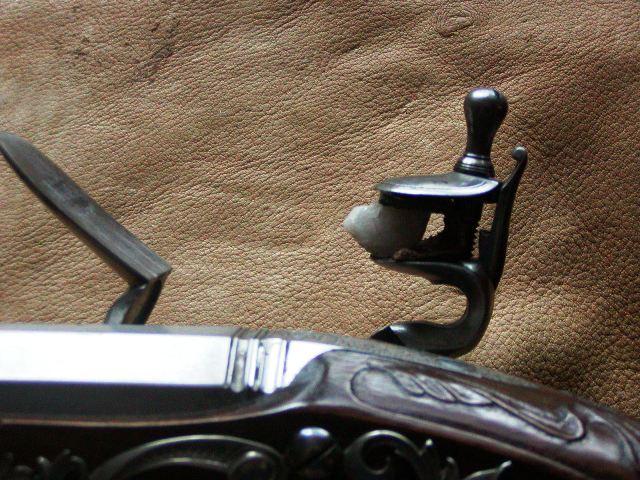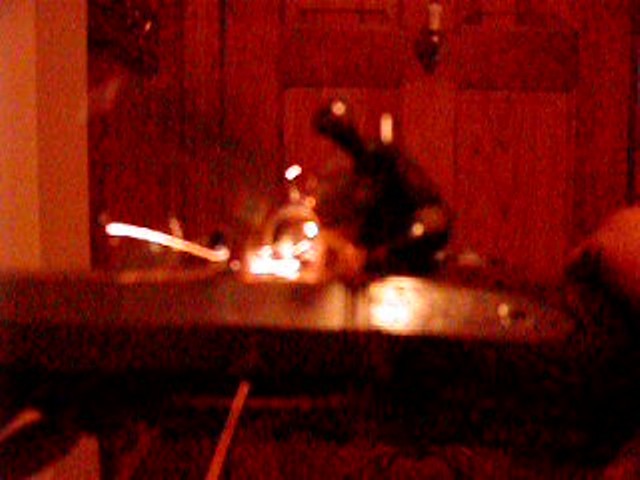Finding something to start a fire with is one thing, fitting it to a Hawken lock is another.
INDEED
There is a big difference also between what may be knapped to form an arrow or spear point, which then is used vs. flesh, and stone that is knapped that can then be used (more than once) for the flint in a gunlock. Obsidian is amazingly good for knives, spear points, and arrow points, but sucks for a flintlock because it shatters. Obsidian is found thousands of miles from where it exists because of trade, as are various forms of chert, which early colonists called "flint" because it acted like English flint in their guns. Forms of chert are the second choice for things like spear points and arrow points, etc.
The Conquistadors found certain types of quarts would work in their miquelet locks, but..., while the quarts did "spark" it was not nearly as good as flint, nor as reliable, and the miquelet lock is pretty robust and strikes pretty hard. Because they got it to work in their locks doesn't mean it would work in all flintlocks, either.
LD






